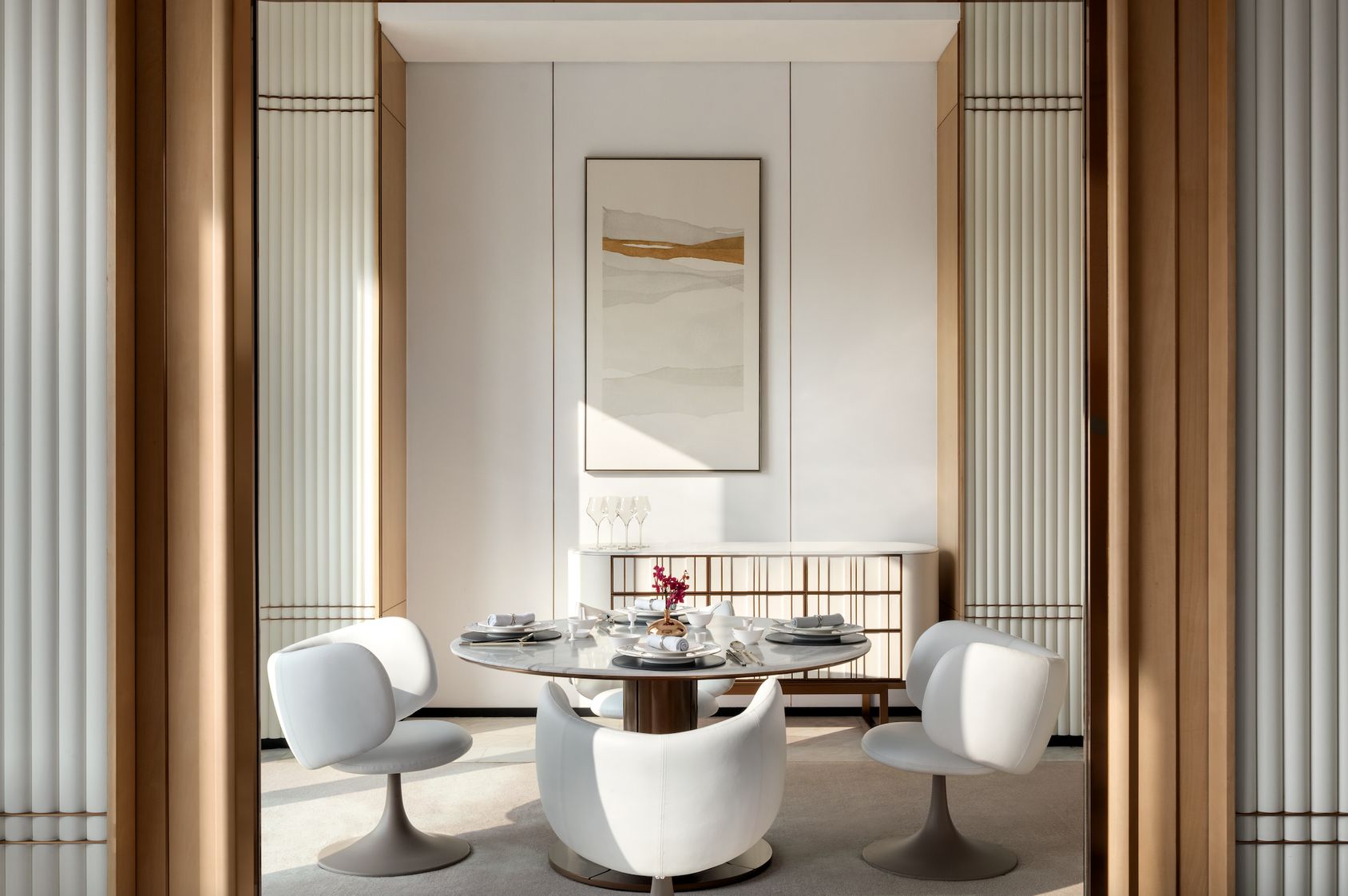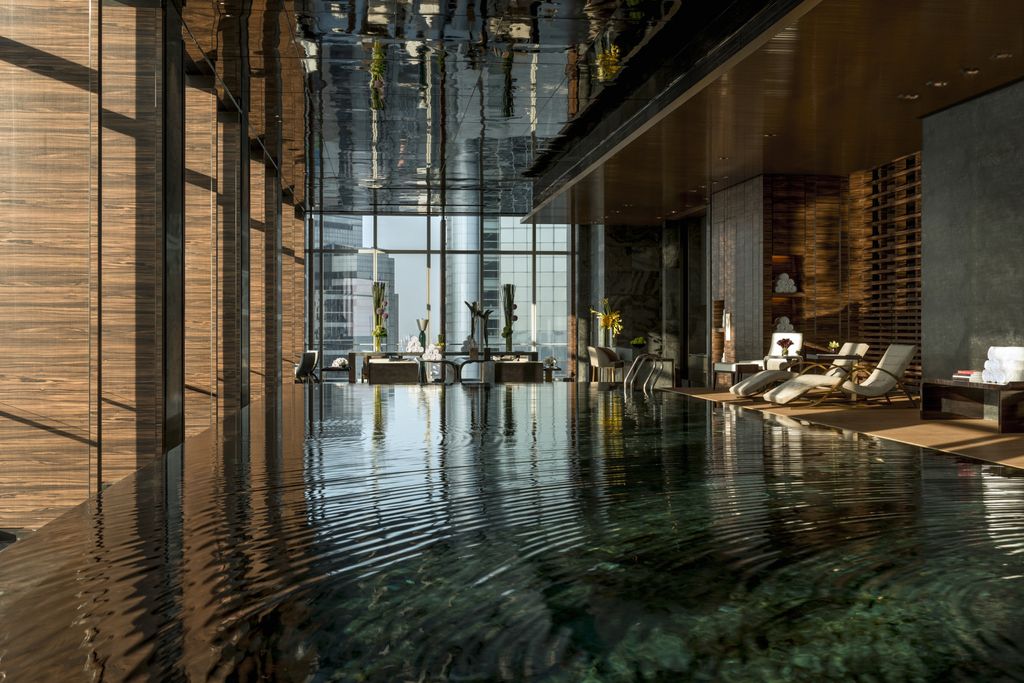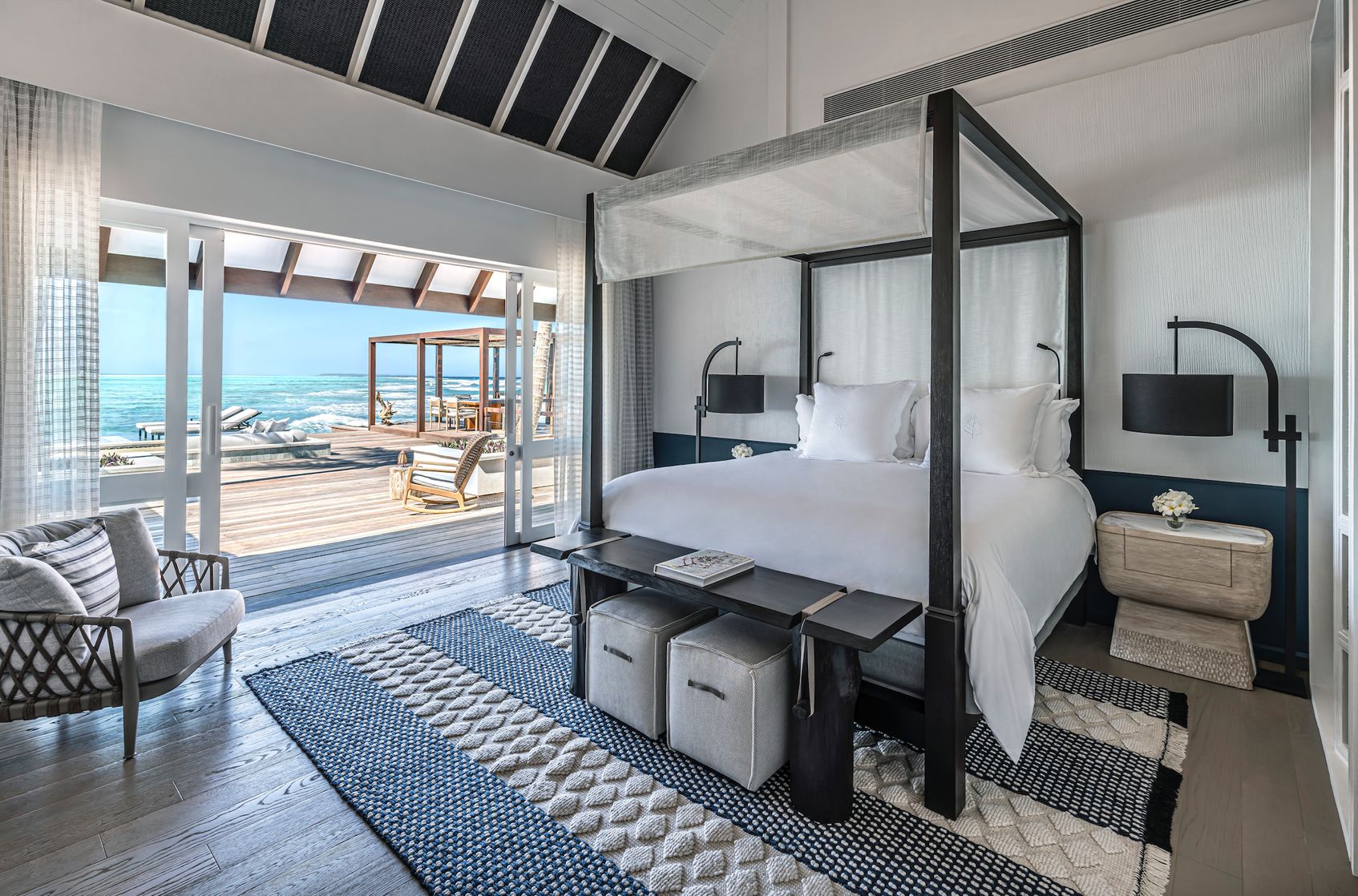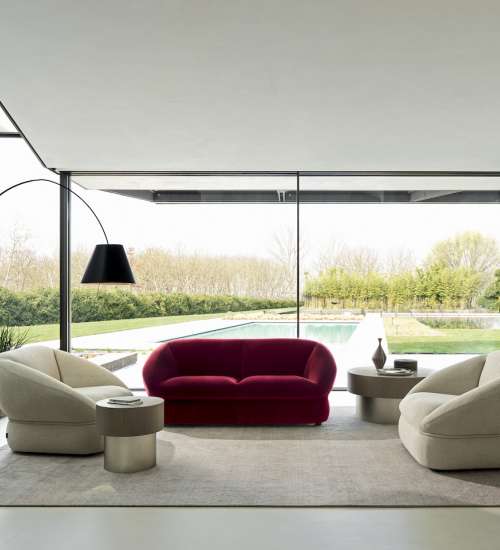When interior designer Cedric Jaccard and his designer wife Connie visit furniture showrooms, they often bring their two children along. “There are plenty of ideas that come to creatives by just walking through a furniture showroom such as Space Furniture. It’s not just about buying; it’s about curiosity: What is the latest innovation? Why does an object have these proportions?”
The partner and creative director of hospitality design studio Avalon Collective is humorous about this aspect of family and work life, but he is serious about the part on passion. He believes that this, as well as exposure, are more important traits than being skilled at drawing. It is especially pertinent in today’s visually and socially driven world.
“I think the people who have these will lead the design industry because they can relate to something real – how a chair feels, for instance – and not just see pretty pictures on Pinterest. It’s the essence of what we do, creating our own library of experiences and translating it into our designs. It’s important to be passionate about how things work, and you need to have passion because it’s a tough business. It takes long hours and your mind keeps going,” says the amiable designer through an online interview.
While he bemoans the return-to-work arrangements due to the semi-lockdown in June this year, asserting that physical communication is vital for the design process, Jaccard is grateful that the pandemic has not affected business negatively. In fact, the pace has increased due to close relations with hotel operators, such as Four Seasons Hotels & Resorts that took the stagnated travel situation to renovate properties. “And then, there is also the China market that moves along regardless of the virus or not,” comments Jaccard.
The firm of 35 staff is only six years old, but has an impressive, growing portfolio spanning Africa, Europe, and Asia. Its bevy of sophisticated hotels include the Kempinski Hotel in Hangzhou, St. Regis Hotel Singapore’s glamorous event space Caroline’s Mansion, the hyper-exclusive Four Seasons Maldives Private Island at Voavah, as well as the renovation of the Four Seasons Landaa Giravaaru Maldives’ Water Villas. The design team doubled the outdoor spaces, as well as made the interiors more open and contemporary. Jaccard also convinced the client to invest in good-quality, well-designed furniture. The villas feature pieces from Italian manufacturer B&B Italia, among other trusted brands.
According to Jaccard, spending millions on the development then skimping on furnishing is a wrong way of thinking. “It’s about how to associate your brand with another reputable brand. In using these products, your customer will know that you treat them well. Your guests are not going to sleep on or touch the walls of your bathroom, but they will know if your furniture feels uncomfortable. So it’s really about understanding the product, your customer and the power of your brand,” he explains.
The Swiss-born designer is well aware of this, having grown up in a culture where exceptional, human-centric architecture and design was a matter of fact. After high school, he took an apprenticeship in an architecture firm in Switzerland before studying industrial design in Paris. In 2000, a friend working in Singapore called him over. The adventurous, inquisitive Jaccard came as a tourist, and then spent a year exploring neighboring countries before returning to the city-state to find work. “I remember walking along Cantonment Road where I saw the logo of Kerry Hill Architects. I pushed the door open and went in to submit my CV. Then, I had absolutely no clue who was Kerry Hill, but I got hired,” muses Jaccard on starting out at the firm known for its sensitive, tropical-modern designs, such as The Chedi in Chiang Mai. Jaccard later left to join the now-defunct Wilson Associates.
These stints exposed him to the complexities and intricacies of hospitality design. The industry veteran sees past trends, advocating instead timeless spaces with a strong sense of place and that considers all aspects of the guest experience. The millennium-direct hotels with bicycles at the door, faux brick walls and pool tables in the lobbies are an example of short-lived, fancy concepts. Instead, he cites Ian Schrager’s Edition hotel brand (conceived in collaboration with Marriott International) as one that works because it focuses on the basics.
“Schrager managed to capture a style that goes against what people are trying to do now. The space planning is actually very conservative, but in terms of identity, I think it’s a very strong brand. It works perfectly because it creates a certain comfort level. For example, the lighting level is important otherwise the hotels will look dull and unwelcoming,” says Jaccard. “You now see so many hotels trying to capture every segment of the market that it becomes gimmicky. But it’s cosmetic; the fundamentals of a good hotel are still the same.”







 Cedric Jaccard
Cedric Jaccard
 Zi Chen Chinese Restaurant at Kempinski Hangzhou, photo by Bharat Aggarwal, VRX Studios
Zi Chen Chinese Restaurant at Kempinski Hangzhou, photo by Bharat Aggarwal, VRX Studios
 Four Seasons Pudong, Shanghai, photo by Christopher Cypert
Four Seasons Pudong, Shanghai, photo by Christopher Cypert
 Four Seasons Landaa Giravaaru Maldives, photo by Markus Gortz
Four Seasons Landaa Giravaaru Maldives, photo by Markus Gortz




 Back
Back
